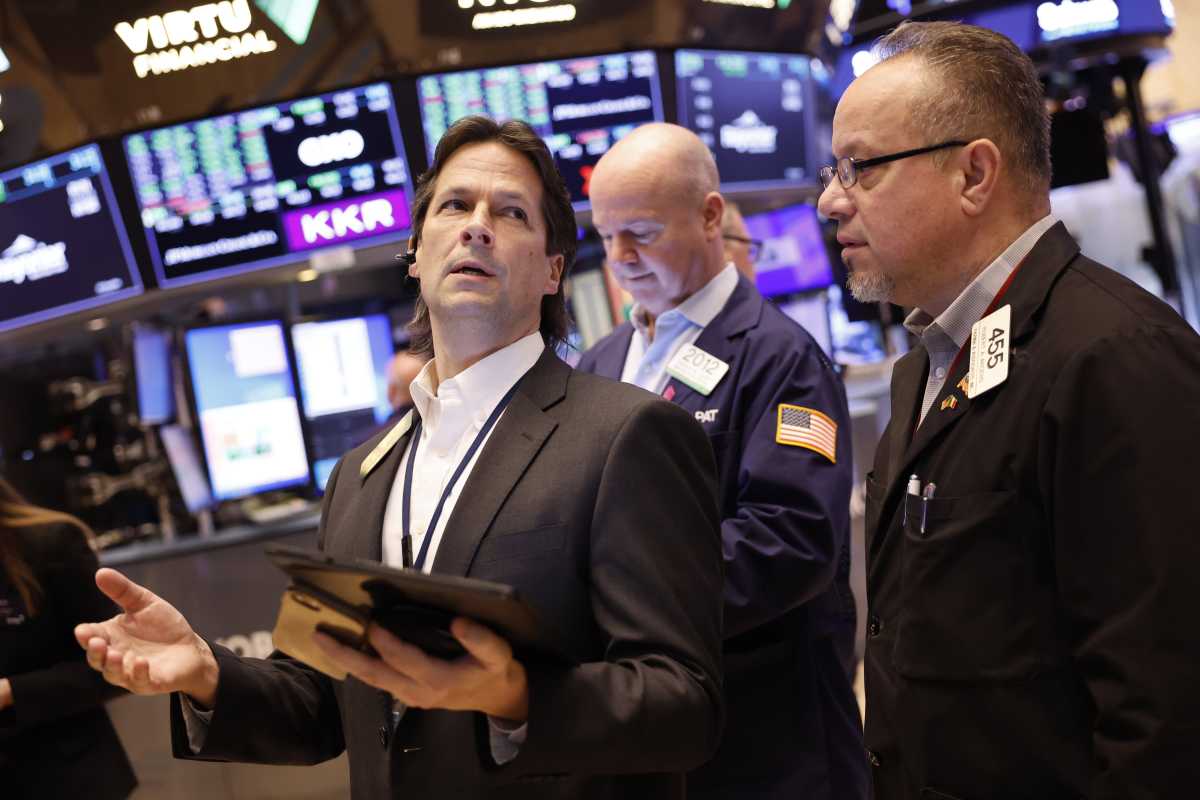Business
Tech Stocks Retreat as Nvidia Falters, Dow Ends Week Lower

Tech stocks retreated on Friday, closing out a turbulent week as the NYSE‘s incredible run took a breather. The S&P 500 lost 0.65% to 5,123.69, while the Dow slipped 1.16% to 16,085.11. Both swung into negative territory after rising to new all-time highs earlier in the session. The NASDAQ relinquished 68.66 points, or 0.18%, to end at 38,722.69.
All three major indexes finished the choppy week lower. The broad S&P 500 pulled back by 0.26% this week, while the blue-chip Dow and tech-heavy Nasdaq fell 0.93% and 1.17%, respectively. That decline marked the worst week for the 30-stock Dow since October.
Stocks were hurt Friday as an earlier rally in Nvidia lost steam. The artificial intelligence darling finished down more than 5% in its worst session since late May.
Despite that breather, Nvidia shares still finished up more than 6% on the week. It’s part of a monster rally that has added more than $1 trillion to the stock’s market cap in just the new year alone.
“It doesn’t mean that the longer-term upside potential is over,” said Sam Stovall, chief investment strategist at CFRA Research, of Nvidia’s Friday move. “It just says that maybe we’ve gotten ahead of ourselves: We’ve gotten to an overbought situation, and it’s time to take some profits.”
Nvidia, 1 day
Though Nvidia dragged on tech, Apple rose 1% in Friday trading. With that gain, the mega-cap stock snapped its at seven days. But shares were still down nearly 5% on the week, making it the worst performer in the 30-stock Dow. The US Federal Reserve‘s released Friday morning offered some conflicting signals as to when it will be safe for the Federal Reserve to start cutting interest rates.
On one hand, the number of jobs added last month was much more than expected, coming in at 275,000 compared with an estimate of 198,000 from economists polled by Dow Jones. This data can imply the economy is still running pretty hot.
But the unemployment rate unexpectedly ticked higher to 3.9% and wage growth was lighter than feared, offering morsels of hope that inflation has cooled enough to appease the Fed. Data on January jobs growth was also revised lower.
“In sum, people will be able to take away whatever message they want to from today’s reports,” said George Mateyo, chief investment officer at Key Private Bank. “However, we think the data skews positive and should provide sufficient confidence to the Fed that a modest adjustment to interest rates is appropriate.”
A trader works on the floor of the NYSE, an aerial view shows a pumpjack operating at an oil well in Gray Horse, Oklahoma, on September 29, 2023, President Biden’s call for more taxes on high-income Americans during his Thursday night doesn’t appear to be souring investor sentiment, said Ryan Detrick, chief market strategist at Carson Group. President Biden noted the potential for higher taxes on the wealthy, but for now, that isn’t upsetting the apple cart for markets, he said.
Oil posted a weekly loss, as lackluster demand out of China collided with a market that the International Energy Agency views as well supplied.
The US Federal Reserve is actually achieving its so-called dual mandate of having high employment while keeping inflation tame, said Jamie Cox, managing partner for Harris Financial. Labor is rolling, and wage inflation is rolling over—the Fed is threading the needle on its dual mandate,” Cox said. “No one expected this result, but it’s happening.”
All this denotes a dynamic week in the markets and sets the stage for further developments in the coming days and weeks as investors navigate through the shifting landscape of high-flying tech stocks and Federal Reserve policy.












